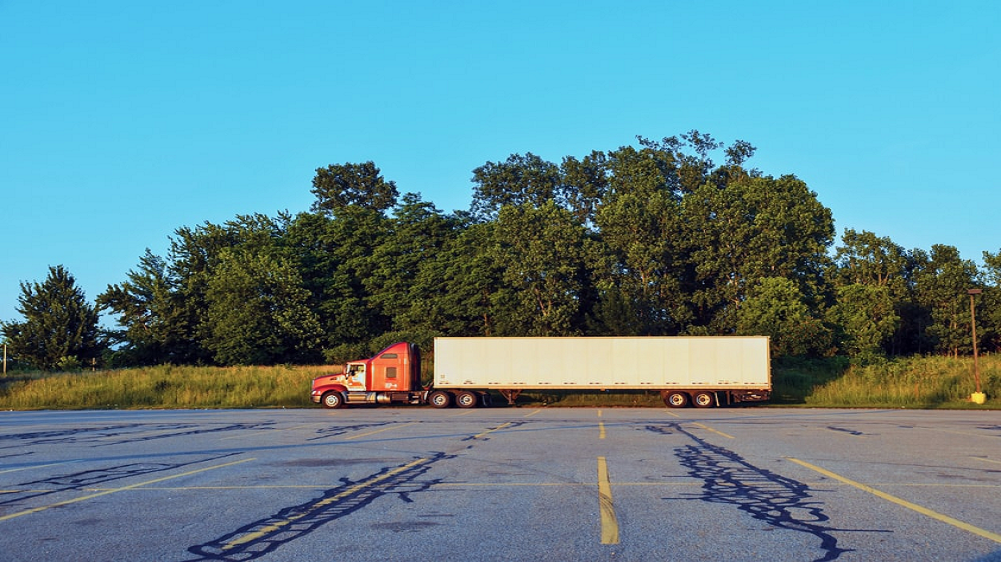
With the world trying to recover from the economic effects of the coronavirus, eCommerce businesses have sought new ways to tackle arising challenges. Even though online shopping has increased due to the global lockdown, supply chains were affected, making it more difficult for cross-border logistics to move freely. Issues surrounding innovation for cross-border logistics to surmount supply chain obstacles came to the fray.
And to address these issues, eCommerce businesses and logistics companies turned to robotics and artificial intelligence to fill human gaps.

The patterns of consumer buying behavior in eCommerce demonstrate that the more people are away from physical-social interactions, the more likely they are to buy online. Not only the consumer purchasing goes up, consumers also want their products delivered faster than ever. It is almost as though the more people buy, the more they want their products delivered the next minute.
For this reason, cross-border logistics companies are often called the soul of eCommerce. If there is a lag in the delivery process, consumer satisfaction could be threatened, irrespective of the product quality. Cross-border logistics are supposed to ensure that consumer satisfaction happens with each product purchase and subsequent delivery.
As witnessed by the events of 2020 to this point, online purchasing will be a consumer favorite for a long time. While eCommerce businesses and cross-border logistics embrace the idea of increased revenue, there are challenges that we all should still be on the lookout for.
Previous trends show that cross-border logistics and eCommerce will continually take off at an unexpected rate in the future but how prepared are businesses for this increase? Earlier, we mentioned shortening consumers’ waiting time even with increased online purchases. Since most cross-border logistics rely on human labor forces, what can eCommerce logistics service providers do to satisfy the high demands? One way for cross-border logistics companies to meet the increased demand is by utilizing robotics and AI (artificial intelligence).
And to better illustrate this, a KPMG survey showed that over 50% of businesses attributed their artificial intelligence upgrade to the effects of the pandemic. Artificial intelligence and robotics can achieve the following goals in cross-border logistics:
● Analyze consumer behavior
● Chat-bots for customer service
● Inventory management
● Trend prediction
● Automated distribution centers
● Optimized operations across supply chains
Artificial intelligence and robotics can potentially create a non-exhaustive workforce in the cross-border logistics industry. Where human error or exhaustion can arise, AI and robotics will cover with no added expense for the company. In addition to the financial benefit of AI/robotics partnerships, cross-border logistics stand to gain the followings as well:
1. Larger Data Analysis
The quality and quantity of data analyzed are an indisputable benefit of the AI/robotics partnership. AI/robotics capabilities seamlessly gather and organize information cross-border logistics required to handle the volume of orders daily.
The use of AI/robotics in cross-border logistics enables companies to have confidence in their real-time data. Larger data analysis reduces costs, minimizes risks, and creates more functional results. It also ultimately provides more accurate information to obtain insights and to refine day-to-day logistics operations.
2. Trends and Demand Prediction
Operations analysis was done manually and often led to inaccurate trend reports. Irrespective of how intelligent a person is, there is a limit to how many possible outcomes they can account for. However, AI and robotics can accurately determine eCommerce trends and demand cycles through data collation and analysis. This prediction enables cross-border logistics companies to become more proactive by staying ahead of the trends.
3. Reduced Dependence on 3PL Companies
3PL stands for third-party logistics. 3PL integration has been a part of cross-border logistics since its inception. And they have been known to reduce the order volumes of cross-border logistics by fulfilling the orders. The AI/Robotics partnership in logistics will ultimately reduce their over dependence on 3PL's. Data analysis and trend prediction make it easier for cross-border logistics to stay ahead of the game in managing high demands. If logistics companies are aware of their peak seasons down to the time, they can accurately carry out deliveries without relying on third parties. This reduced dependence will realize lower shipping costs for both logistics companies and customers.
eCommerce demands will increase yearly and, only a backward-thinking cross-border logistics company will not prepare for the high volume. Human labor can only go so far in order fulfillment before exhaustion but, AI and robotics can fill the gap.
YunExpress is a part of the 50% of businesses that upgraded their systems to include the use of AI and robotics. AI and robotics upgrades lead to more efficient product deliveries and order fulfillment. YunExpress knows that to have a stake in the future of eCommerce, you have to be willing to make a shift with technology.
YunExpress is a cross-border logistics service provider dedicated to delivering postal parcels, international express, cross border B2C business lines, and fulfilled by Amazon transfers. With over 50 global partners, YunExpress ensures quick and quality deliveries on each package.
We place cookies in order to make sure our website works properly and to improve your browsing experience, to streamline and personalize our marketing content and to show you personalized advertisements (including on third party websites). We sometimes share cookie data with our partners for these purposes. Our cookies remember your settings and the data you fill out on forms on our website and analyse traffic to our website. Our cookies also register how you found us and collect information about your browsing habits. You can read more about our use of in our Cookie Notice.